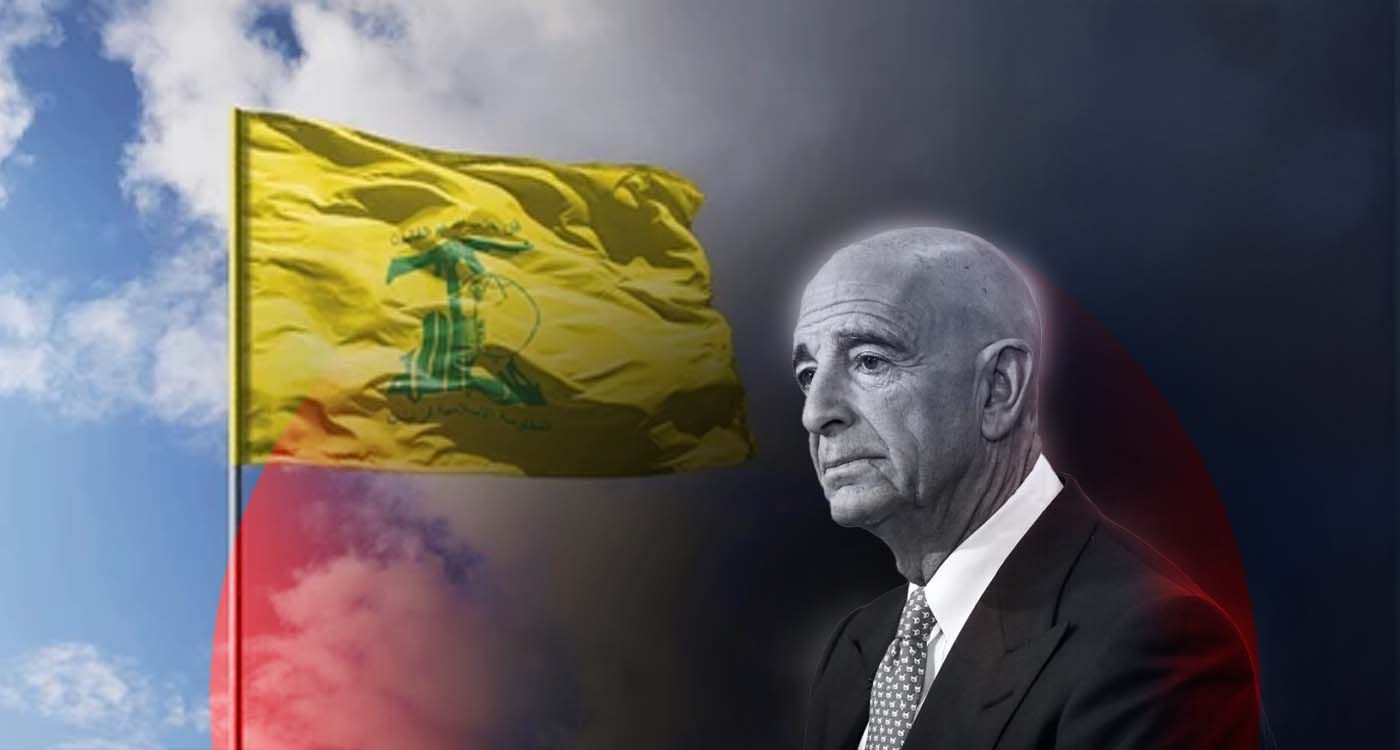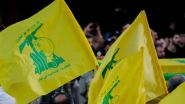
As US envoy Thomas Barrack prepares for a potential third visit to Beirut on July 28, Lebanon stands at a critical juncture. Barrack is expected to deliver Washington’s official response to Lebanon’s recent proposal—alongside the “miracle solution” he hinted at before his last departure.
At the heart of Lebanon’s plan is a coordinated effort led by Speaker of Parliament Nabih Berri, who has reportedly finalized a detailed, phased political roadmap for Hezbollah’s disarmament. This document is understood to supplement the broader proposal submitted by the Lebanese state, outlining practical steps for its implementation.
President Joseph Aoun conveyed Lebanon’s unified position through a joint paper handed to Barrack, reflecting consensus among key state institutions. Simultaneously, the Amal Movement and Hezbollah appear to be rallying around Berri’s initiative—seen by many as a final effort to secure the party’s role within a shifting domestic and regional landscape.
Barrack’s recent remarks have stirred debate across political circles in Beirut. He warned of an “existential threat” facing Lebanon and hinted at a potential return to the broader regional framework of “Bilad al-Sham.” He later clarified on X (formerly Twitter), stating: “My praise for Syria’s notable progress is not a threat to Lebanon, but a reflection of a new regional reality.”
Back in Beirut, President Aoun has underscored the state’s firm position during a series of meetings with local and international figures. “The decision to place all weapons under the sole authority of the state has been made, and it is irreversible,” he declared. He stressed that cooperation from all parties is essential to shield Lebanon from both external threats and internal discord.
Aoun also drew a clear line between peace and normalization, stating: “Peace means the absence of war—that is Lebanon’s priority today. As for normalization, it is not on the table and does not reflect our current foreign policy.”
Aoun set the end of the year as a deadline to resolve the weapons issue, at which point, he said, the Lebanese state must assume full authority over arms. While no operational details were provided, Aoun emphasized that the decision is final.
This approach appears to reflect growing alignment between Aoun, Speaker Berri, and Prime Minister Nawaf Salam on a disarmament framework designed to preserve state dignity while avoiding direct confrontation with Hezbollah.
However, the opposition has voiced strong concerns. Lebanese Forces leader Samir Geagea accused senior officials of complacency and failure to uphold their responsibilities under the Taif Agreement and relevant international resolutions. He called for urgent, practical measures to restore state authority, warning that continued inaction risks further deterioration and foreign exploitation.
Prime Minister Salam responded by confirming that the disarmament issue would be formally raised in Cabinet once conditions are appropriate. He reiterated that Lebanon’s stance is now clearly defined: Israeli withdrawal, particularly from the Shebaa Farms; cessation of hostilities; implementation of UN Security Council Resolution 1701; and the beginning of a state-led process to consolidate arms under a single, legitimate authority.
In a statement before his return to Washington, Barrack announced a pending breakthrough he believes could satisfy all parties. Describing it as a “miracle solution,” he said the Lebanese government is prepared, and that the Lebanese Armed Forces (LAF) remain the cornerstone of any future security arrangement. He warned that further negotiations would not continue past the end of the year.
He stressed that the US would not interfere in Lebanon’s internal affairs, nor issue threats or ultimatums. However, he noted that Washington’s patience—particularly Trump’s—has limits, and that the peace process is tied to a clear timeline.
Meanwhile, Berri has been tasked with leading negotiations toward a solution that preserves Hezbollah’s dignity while returning all weapons to the state. Sources say his proposed plan includes a gradual handover of heavy and medium-range weapons—rockets, ballistic missiles, and drones—in exchange for concrete steps from Israel: full withdrawal from occupied Lebanese territory, cessation of airspace violations, and the release of Lebanese prisoners.
Diplomatic sources indicate that Lebanon’s proposal will first be presented to Israel before Washington delivers its official response. However, Israel has reportedly rejected Hezbollah’s terms and is demanding immediate, unconditional compliance with the ceasefire agreement. It also opposes a gradual disarmament process, urging Hezbollah to voluntarily surrender its arsenal in recognition of shifting military realities.
As these positions harden, one critical question remains: who will act first?
According to sources familiar with the talks, Barrack warned Lebanese officials that the window for action is rapidly closing. Unless progress is made soon, Lebanon risks being left behind as the region advances toward a post-conflict settlement.
Observers believe that a broader US-Iran deal could influence the outcome, particularly as Hezbollah’s arsenal is Iranian-made. Any agreement between Washington and Tehran is likely to include provisions related to Hezbollah’s role and capabilities.
Meanwhile, officials warn that continued intransigence could lead to a devastating war. They argue that Hezbollah must realign with Lebanon’s national framework and abandon regional entanglements tied to Iran. The party, they say, cannot continue marginalizing its domestic partners while drawing the country into external conflicts—and then expect solidarity in moments of crisis.
With Lebanon’s economic collapse deepening and public patience wearing thin, the country’s leaders may have no choice but to treat the Taif Agreement not just as a historical reference—but as the last viable roadmap to national salvation.




Comments